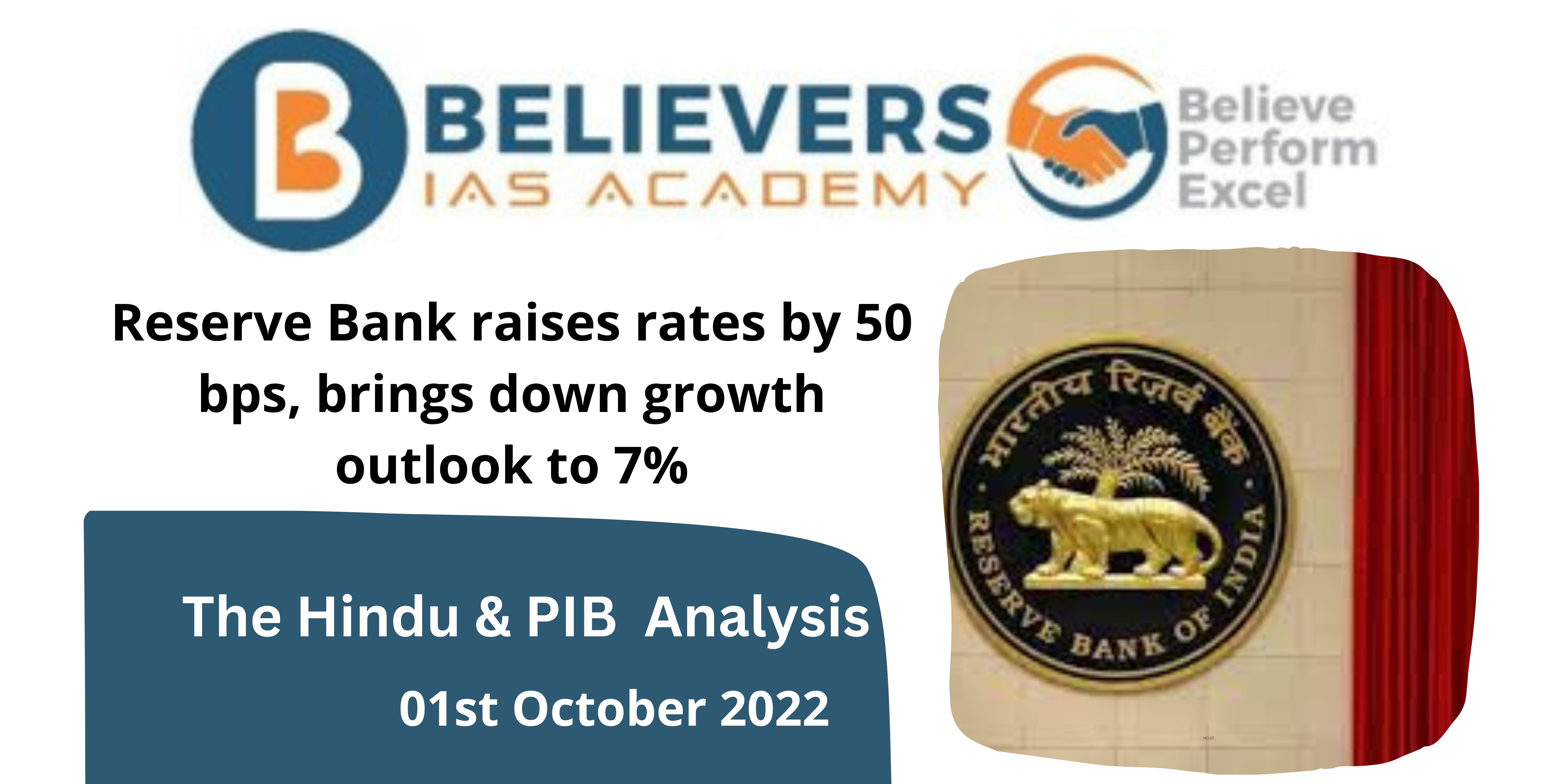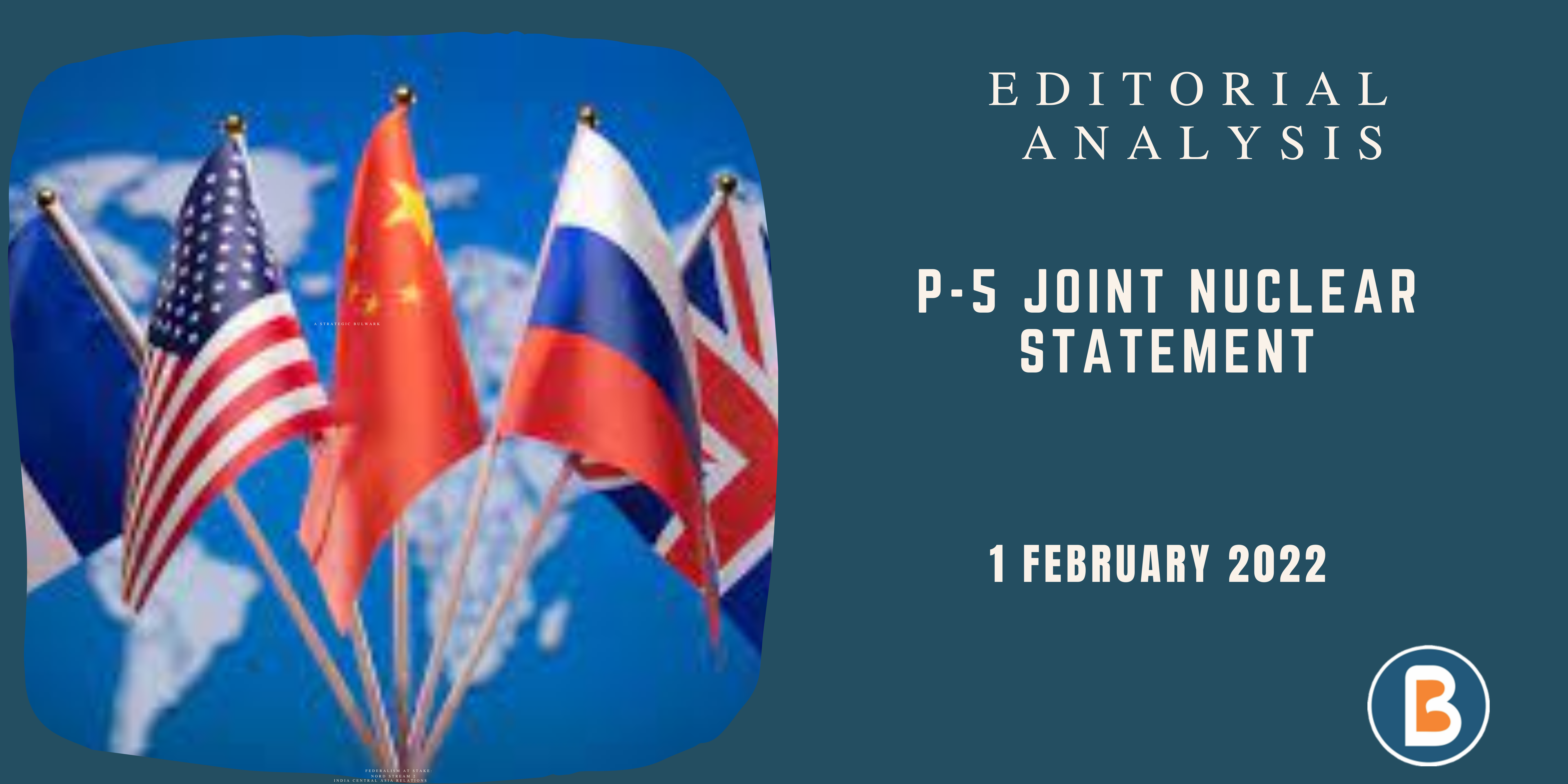Global Goal on Adaptation
Context:
The 28th COP meeting of the UNFCCC marked a pivotal moment by addressing the lax international stance on adaptation. COP28’s adoption of the Global Goal on Adaptation (GGA) framework signals an increased emphasis on adaptation, particularly in the face of rising extreme weather events.
Relevance:
GS – 2, GS – 3 (Important International Institutions, Conservation)
Prelims:
The GlaSS programme, COP28.
Dimensions of the Article:
- What is GGA?
- GGA Implementation Challenges
- Measuring GGA Progress
- Climate Financing Disparities
- Components of the Global Goal on Adaptation (GGA) Framework
What is GGA?
- The Global Goal on Adaptation (GGA) is a commitment under the Paris Agreement.
- It was proposed in 2013 and established in 2015.
- The GGA aims to strengthen resilience, enhance adaptive capacity, and reduce vulnerability to climate change.
- The draft text on the GGA addresses critical issues like:
- Climate-Induced Water Scarcity Reduction.
- Climate-resilient food and Agriculture Production.
- Strengthening Resilience Against Climate-Related Health Impacts.
GGA Implementation Challenges:
- Framing the GGA: COP26 and COP27 laid the groundwork for the adoption of the Global Goal on Adaptation (GGA) at COP28, aligning with the Paris Agreement’s objectives. However, the urgency to treat adaptation with the same significance as mitigation becomes apparent as the world experiences escalating extreme weather events, even at a modest 1.1° Celsius above pre-industrial levels.
- GGA Framework Targets: The GGA framework introduces ambitious targets, compelling Parties to conduct comprehensive assessments of climate hazards, impacts, and vulnerabilities by 2030.
- Global to National Implementation: The implementation of globally agreed goals faces hurdles in trickling down to the national level. Factors such as administrative capacity, economic development, and adequate support play pivotal roles in translating global aspirations into tangible national outcomes. The effectiveness of the GGA hinges on overcoming these challenges, ensuring that national conditions align with the urgency of climate adaptation.
Measuring GGA Progress:
- Unlike mitigation efforts, climate adaptation lacks a universal metric, making it challenging to aggregate progress based on national pledges.
- The GGA framework acknowledges this complexity and initiates a two-year work programme on indicators.
- The call for standardized metrics gains traction, echoing the simplicity of CO2 equivalents in mitigation assessments. The development of a universally applicable metric holds promise for fair measurement and comparison of adaptation projects. In a global context of limited public funds, such metrics become essential for evaluating the effectiveness of adaptation activities.
- The COP28 Draft Decision highlights the widening adaptation finance gap, emphasizing the disparity between estimated costs and available finance. Despite COP26’s call for developed countries to double overall adaptation finance by 2025, the gap persists. Estimations indicate a need for $71 billion per year from now to 2030, emphasizing the urgent need for increased financial commitments.
Climate Financing Disparities:
- A notable disparity exists in climate financing, heavily favoring mitigation over adaptation efforts. Rich countries tend to benefit more from global-scale mitigation projects, creating an imbalance in financial allocations.
- Funding Challenges: The split between mitigation and adaptation finance remains skewed, with a reported ratio of 95:5. The availability of low-cost mitigation options in developing countries further exacerbates the funding bias. While there is a trend of increasing international adaptation finance, the share of adaptation in total climate finance to developing countries remains significantly lower than mitigation finance.
- While the GGA represents a positive stride for adaptation, it falls short of achieving parity with mitigation. The emphasis on temperature increase limits and heightened mitigation levels underscores the prevailing imbalance. Bridging this gap requires a reevaluation of climate financing priorities to ensure a more equitable distribution between mitigation and adaptation efforts.
Components of the Global Goal on Adaptation (GGA) Framework:
- A robust GGA framework should establish clear targets and indicators to guide national efforts in adaptation and resilience. Emphasizing the need for timely, scalable, and context-specific actions, the framework should address the unique requirements of vulnerable populations.
- Essential components include effective means of implementation, such as funding, technology transfer, and capacity building, alongside mechanisms for measuring and monitoring progress.
- The recent GlaSS workshop in September 2023 witnessed agreement on certain aspects of the framework. The participants endorsed the incorporation of the “adaptation policy cycle” dimensions—assess, plan, implement, and monitor, evaluate, and learn (MEL)—as key indicators to track progress. This structure aims to shape both the implementation and monitoring of adaptation actions within the framework.
Conclusion:
As COP28 sets the stage for heightened global commitment to climate adaptation, the journey forward requires a balance between urgency and comprehensive action. The disparities in climate financing, the complexity of measuring adaptation progress, and the historical bias towards mitigation highlight the need for a paradigm shift.
- The Global Goal on Adaptation, demands continuous refinement and recalibration to ensure a more equitable and effective response to the challenges posed by climate change. The global community’s commitment to fostering a balanced approach will determine the resilience of nations in the face of a changing climate.




